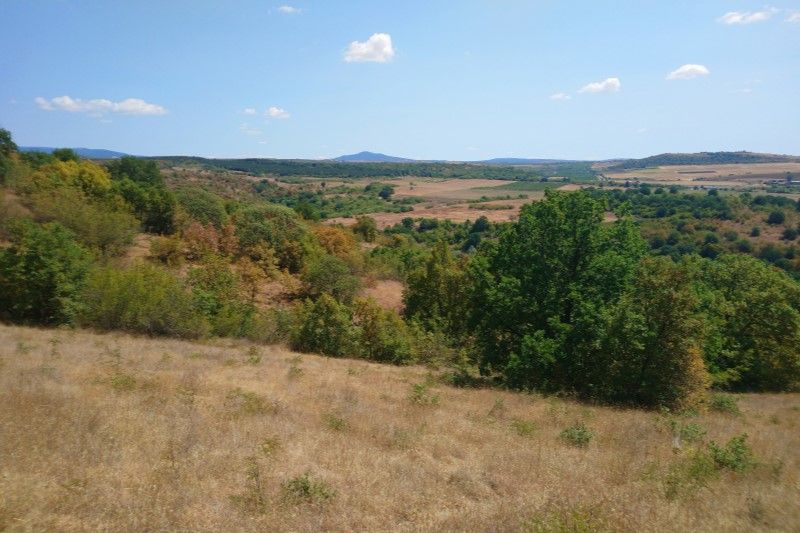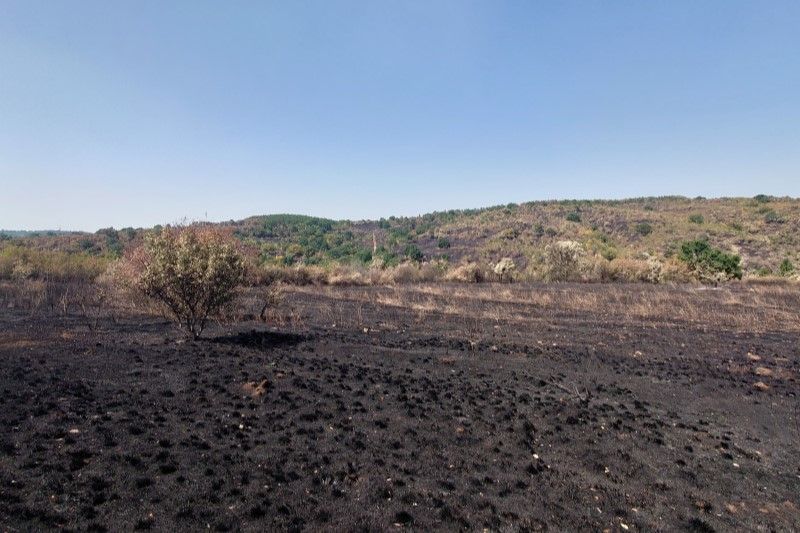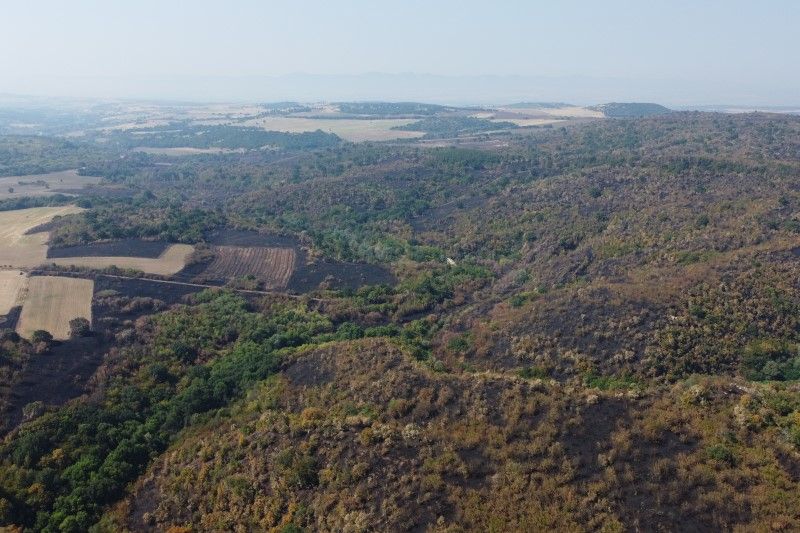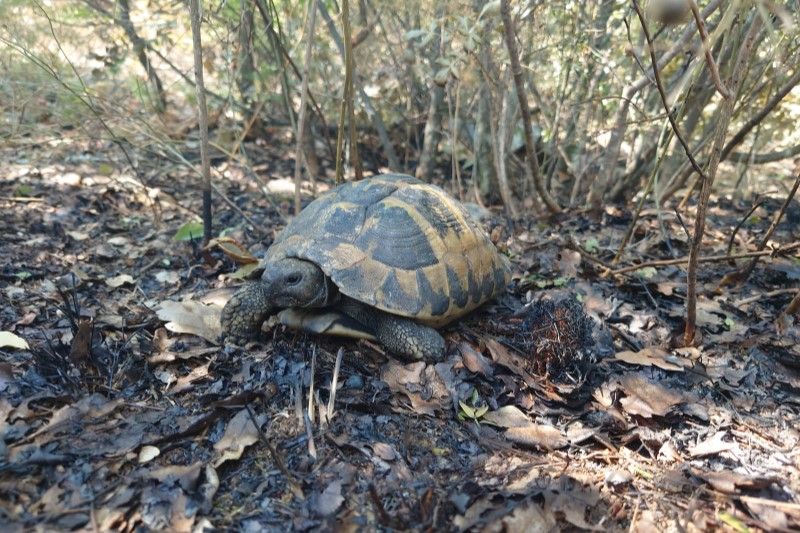Bushfire at Roach’s mouse-tailed dormouse study site
During the early autumn, we contacted our conservation leader, Nedko Nedyalkov who’s based in Bulgaria, to find out how his research on the Roach’s mouse-tailed dormouse has been progressing. Mouse-tailed dormice – or Myomimus (pronounced me-oh-me-mus) – are one of our most endangered dormouse species. Previously found in Bulgaria, Greece and Turkey, Nedko studies the only known extant – or current – population. Despite concerted efforts to find other locations with surveys in similar habitat, this small study site remains the only known area that the dormice live.
Bulgaria, like much of Europe, experienced an incredibly hot summer, Nedko told us. Alarmingly, he reported that during the heatwave, a bushfire raged through his Myomimus study site. Apparently, summer fires in the area are a common event. But they hadn’t hit the place where Nedko works until this year.
Damage for more than 1000ha


It’s likely the damage was caused by just one fire that spread rapidly through the region, over one or two days. It probably started accidently from a spark created by the machinery local farmers used to clear their land. The fire passed so quickly through the site that, luckily, it appears that the old oak trees have survived. Still, the damage extended over more than 1000ha, leaving blackened patches dotted across the landscape.
Myomimus spend even less of their time active moving around the shrubs and trees than our hazel dormice so, when the fire burned at the end of August, most of the adult dormice were probably already in hibernation. Nedko checked his nest boxes after the fires had been put out and found two young Myomimus and some young edible dormice – alive and healthy. He also found tortoises and a hedgehog which had survived the fire – which is good news. If these relatively slow animals survived the fire, then hopefully the Myomimus did too.
Minimising future risk
We discussed what could be done in future to try and minimise the risk of more fires. Firebreaks could be an option, though who would pay for them is unclear. And the area is owned by more than thirty small landowners, so getting agreement and permission could be difficult. Another option would be to try and persuade or legislate for farm work with machines to take place later in the year when it’s not so hot or dry, reducing the risk of fires starting in the first place.
Read about Nedko’s project in Bulgaria


